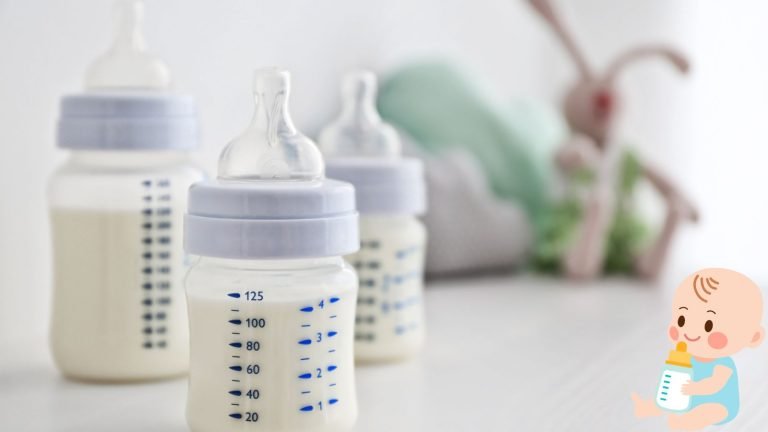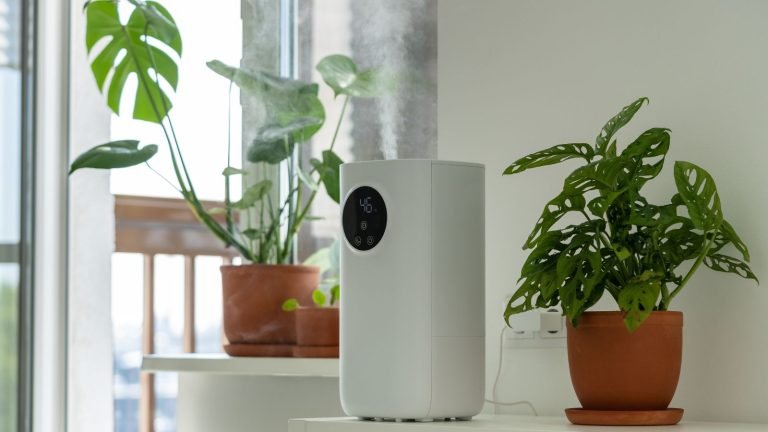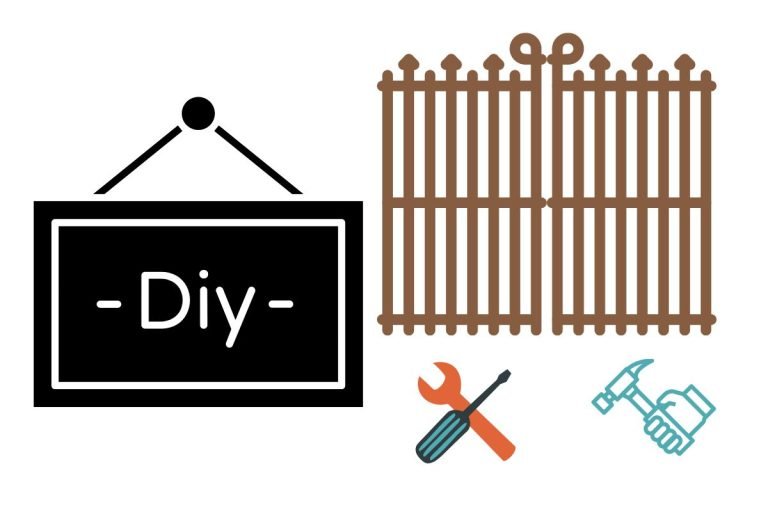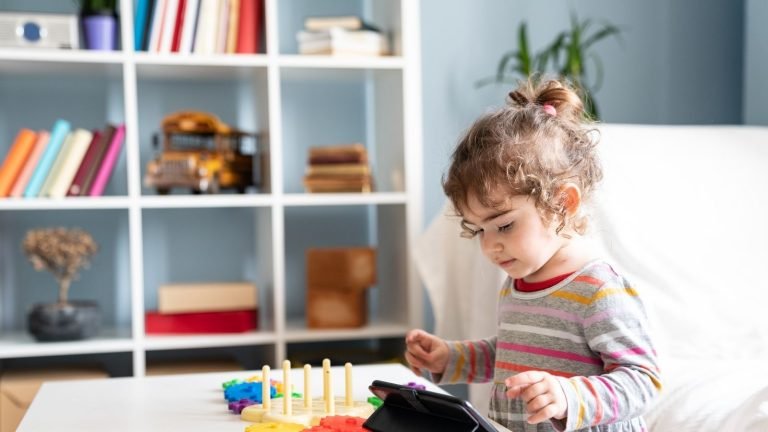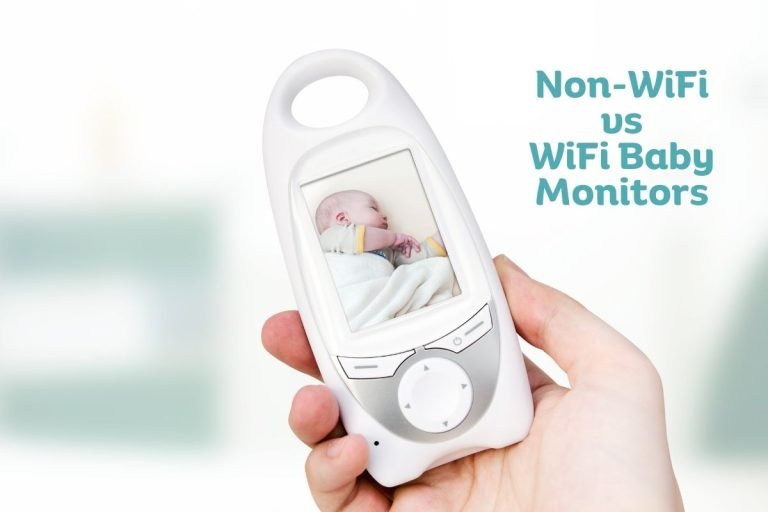How Long Should a Lovey Be? Tips to Introduce a Lovey Safely in 2025
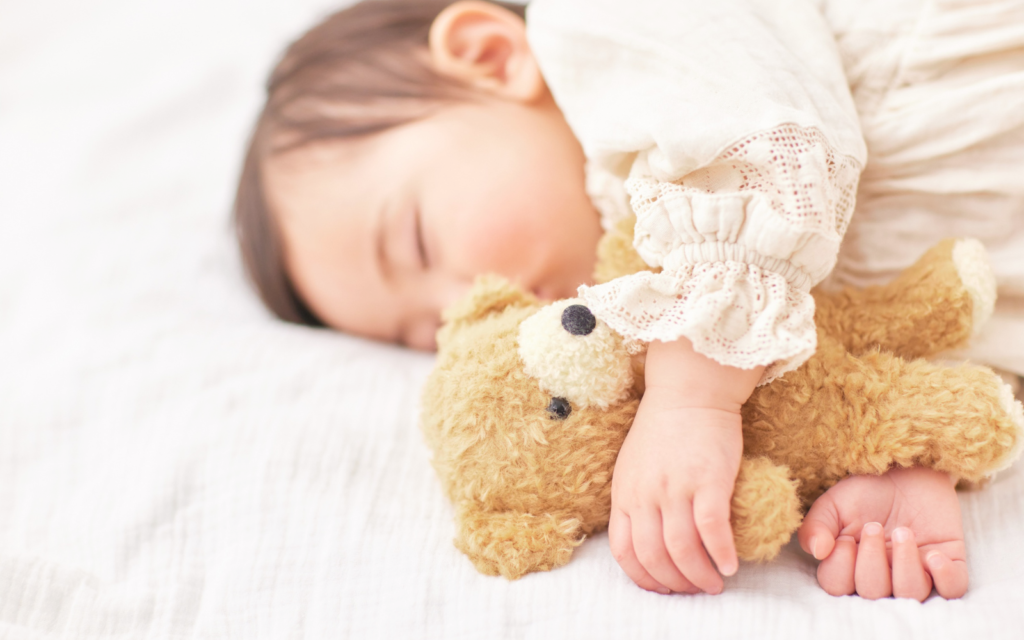
A lovey is more than just a soft blanket or stuffed animal – it’s a comfort object that helps your baby or toddler feel secure. Many parents wonder, “how long should a lovey be?“ Finding the perfect size ensures safety while keeping it cuddly and practical.
If you’re thinking about when and how to introduce a lovey, you’re in the right place. In this guide, we’ll cover the recommended size, safety tips, and how to incorporate a lovey into your baby’s bedtime routine to help them sleep well – especially if your baby won’t sleep without swaddle but rolls over or if your baby only sleeps when held.
Key Takeaways – How Long Should a Lovey Be
- The ideal lovey size is 10×10 to 12×12 inches for infants and larger for toddlers.
- Avoid oversized loveys that could pose a suffocation risk in the crib.
- The AAP recommends waiting until 12 months before allowing a baby to sleep with a lovey.
- A lovey can be a blankie, small stuffed animal, or other transitional object.
- Choosing the right comfort item can help with separation anxiety and better sleep -especially if your baby wakes up after 30 min for no reason.
Why the Right Lovey Size Matters

A lovey should be small enough for your little one to hold and cuddle but not too big to be a choking hazard or suffocation risk. The American Academy of Pediatrics (AAP) advises against loose blankets or pillows in the crib for babies under 12 months old.
Lovey Size Guide
| Age | Recommended Size | Why? |
|---|---|---|
| Newborn – 6 Months | 10×10 inches | Small, easy to grip, safe for supervised use |
| 6 – 12 Months | 12×12 inches | Ideal for comfort but should not be left in the crib |
| 12+ Months (Toddler) | 14×14 inches or larger | Suitable for toddlers, helps with attachment |
A baby or toddler will often develop a strong attachment to their lovey, making it a key part of their bedtime routine and daily life – especially if they struggle with sleep issues like baby won’t sleep without swaddle but rolls over.
When to Introduce a Lovey

Best Time to Introduce a Lovey
The AAP recommends waiting until 12 months before placing a lovey in the crib with your baby. However, you can introduce a lovey during supervised cuddle time earlier to help your baby bond with it – especially if your baby only sleeps when held.
Here’s a timeline for introducing a lovey:
- 0-6 Months: Let your baby stroke, rub, or smell the lovey during feeding or nap time (supervised).
- 6-12 Months: Start incorporating the lovey into their bedtime routine—place it next to your child while rocking them to sleep.
- 12+ Months: Allow your baby or toddler to sleep with the lovey in the crib for comfort and security.
Signs Your Baby Is Interested in a Lovey
Not all babies and toddlers will attach to a lovey, but some signs they may be ready include:
- Reaching for soft objects like a blankie or small stuffed animal.
- Cuddling or rubbing a toy or piece of fabric.
- Using a pacifier for comfort.
- Showing signs of separation anxiety when away from a parent.
How to Incorporate a Lovey Into a Bedtime Routine

A lovey can be a great transitional object that helps your baby sleep—especially if they wake up after 30 min for no reason. Here’s how to incorporate it into their bedtime routine:
- Tuck the lovey near them while you rock or cuddle them before bed.
- Let them snuggle the lovey while reading a bedtime story.
- Keep the lovey near during naps and nighttime to build familiarity.
- If starting daycare, send the lovey with them for comfort and security.
A sleep consultant may also recommend a lovey to help your baby sleep well and reduce separation anxiety—especially if they won’t sleep without a swaddle but roll over.
Safety Tips for Loveys
While loveys can be comforting, safety is the top priority. Follow these tips:
- Avoid pieces that could come loose (buttons, beads, or small decorations).
- Choose a washable material, as your baby will likely chew on it.
- If using a stuffed animal lovey, pick a lightweight bear or bunny.
- Never use a lovey as a replacement for supervision—especially under 12 months old.
Choosing the Perfect Lovey
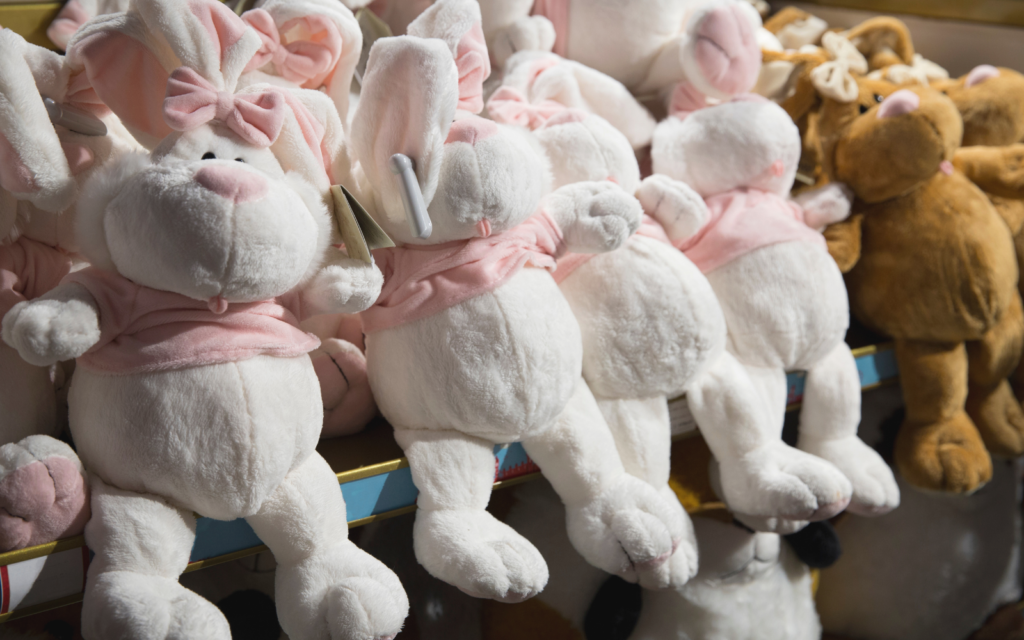
Looking for the perfect lovey for your baby or toddler? Here are some tips:
- Soft, breathable fabric like cotton or muslin is best.
- Machine washable loveys are easier to keep clean.
- A small stuffed animal or blankie works well as a transitional object.
- Let your baby bond with their lovey during awake time before using it for sleep.
- Consider buying a twin lovey in case one gets lost.
Summary
So, how long should a lovey be? The ideal size for a baby is 10×10 to 12×12 inches, with larger sizes for toddlers. A lovey can be a comfort item like a blankie, small stuffed animal, or other inanimate object that helps with attachment and better sleep—especially if your baby only sleeps when held or wakes up after 30 min for no reason. The AAP recommends waiting until 12 months before allowing a lovey in the crib. By choosing the right lovey and incorporating it into your bedtime routine, you can help your little one feel safe and secure.
Frequently Asked Questions
Can a Lovey Be Too Big for a Baby?
Yes! A large lovey could pose a suffocation risk, especially for babies under 12 months. Stick to a lightweight, small-sized lovey for safety.
When Should I Introduce a Lovey?
The best time to introduce a lovey is between 6-12 months (supervised), with the AAP recommending waiting until 12 months before allowing one in the crib.
What’s the Best Lovey for a Baby?
A blankie, bunny, teddy, or small stuffed animal made from soft, breathable fabric works well. Choose something washable and free from choking hazards.
How Do I Help My Baby Bond With a Lovey?
Let them hold the lovey during feeding, snuggle time, and bedtime routine. You can also rub it on yourself to transfer your smell for extra comfort.
Does Every Baby Attach to a Lovey?
Not necessarily! Some babies and toddlers form a strong attachment, while others may not show interest. If your baby isn’t interested, don’t force it.
